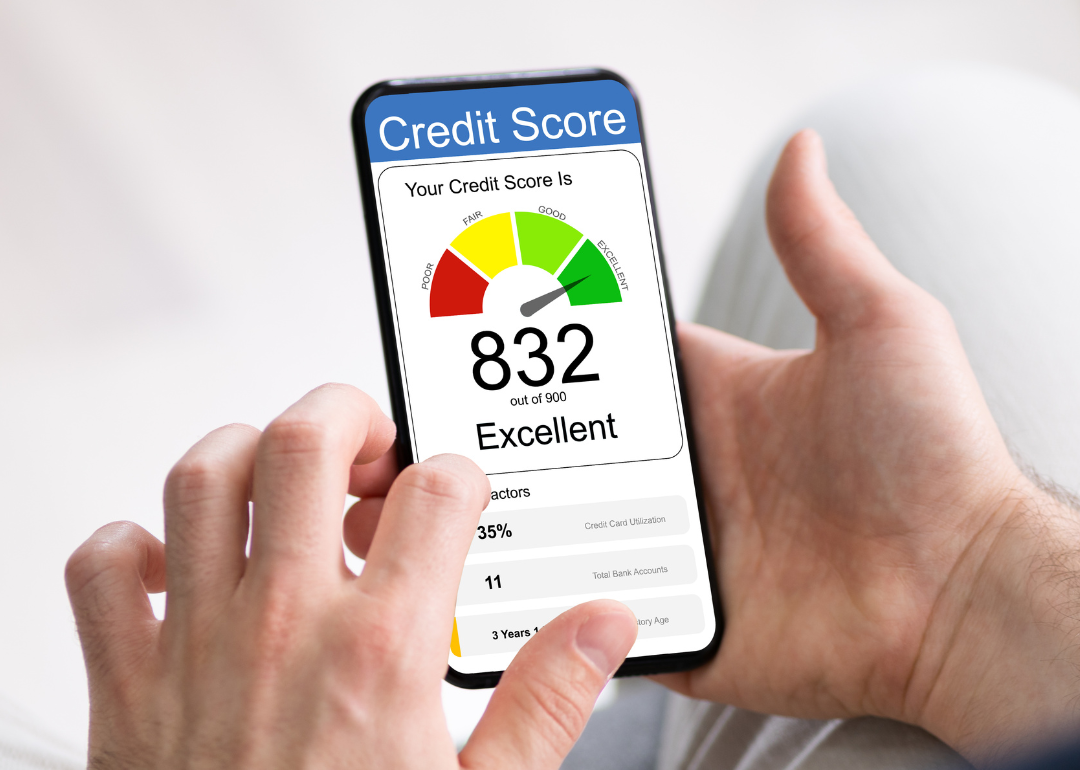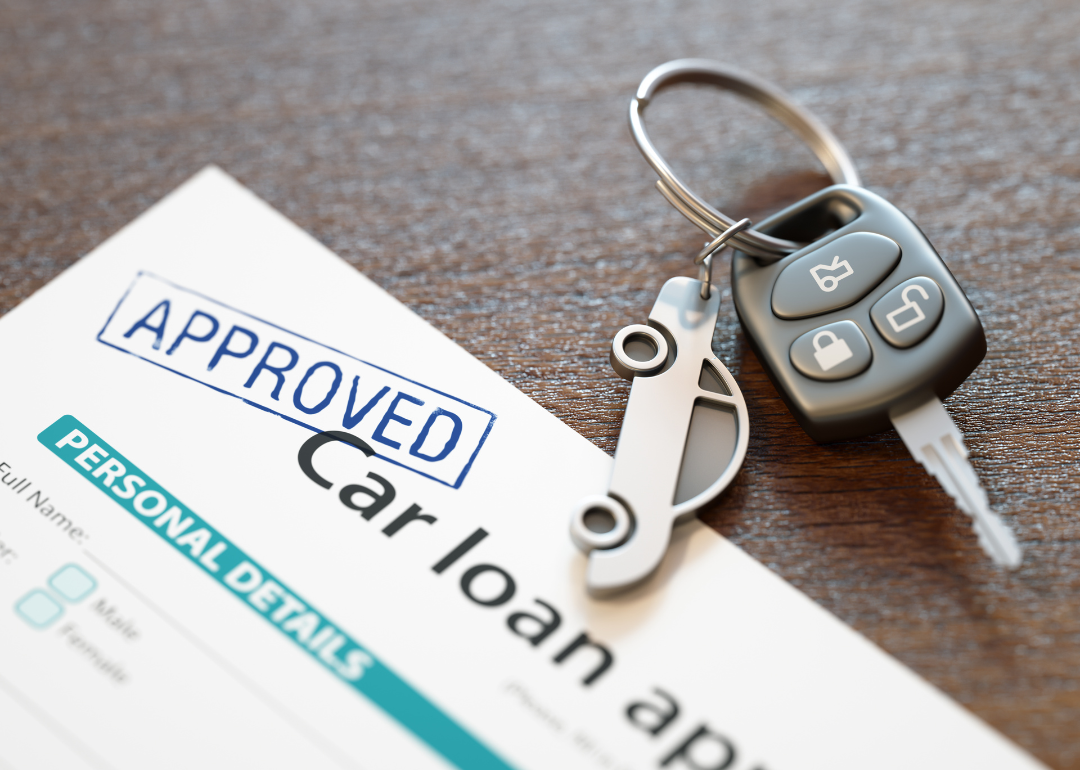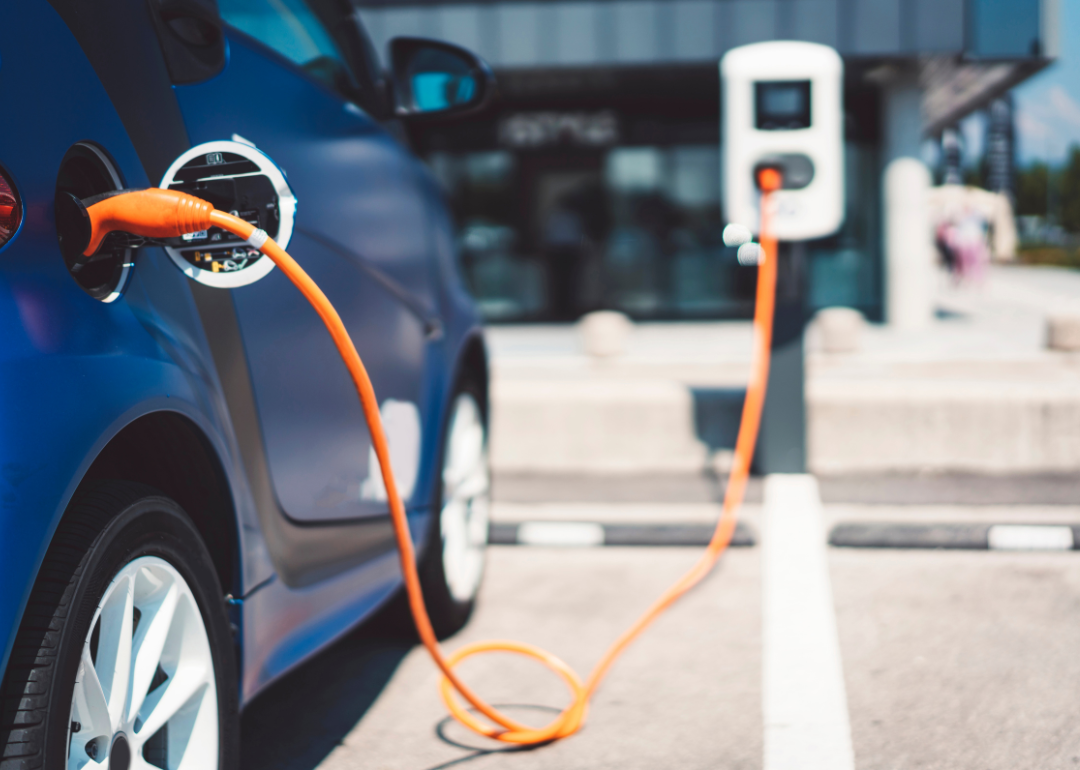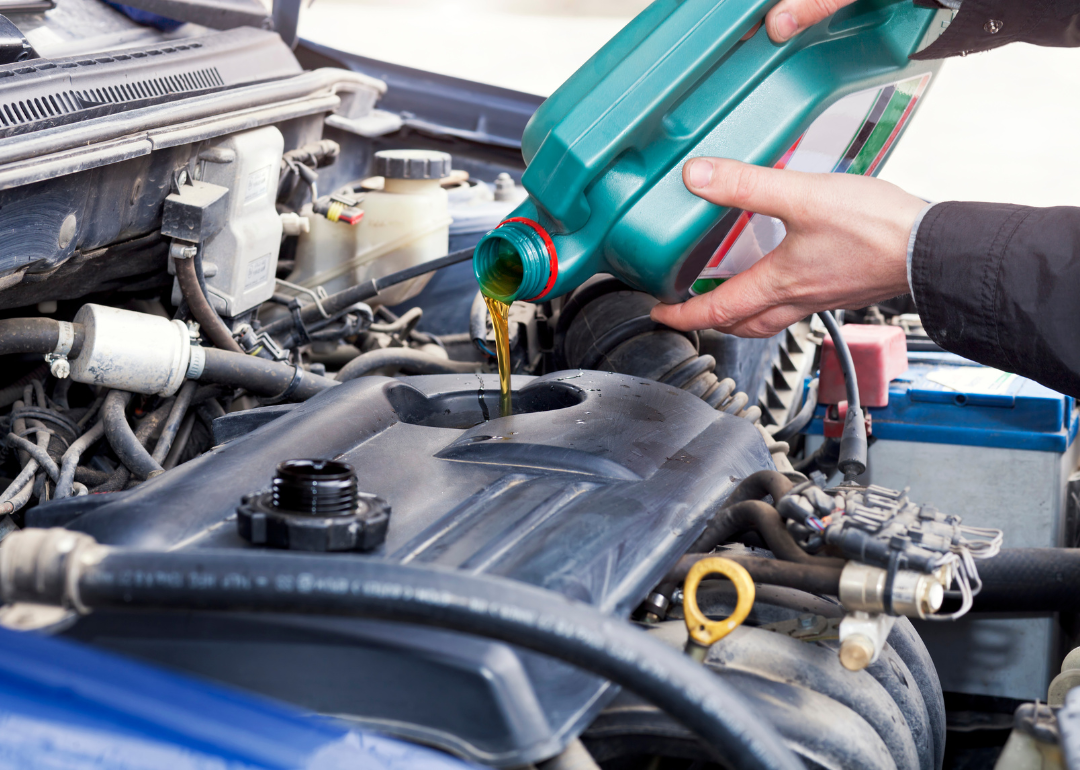
This story originally appeared on TD Bank Group and was produced and distributed in partnership with Stacker Studio.
How to save to buy (and maintain) a car
For many of us, transportation represents a large share of our budget after our homes, as reported by Statistics Canada in 2021.
Vehicles can be lifelines: absent public transit or walkable city streets, cars ferry us to work, school, family gatherings, and everywhere in between. But saving up for a down payment on a new or pre-owned vehicle can be daunting—and the purchase price is not all you need to consider. Operating and maintaining a vehicle adds additional cost to the equation.
To take some of the guesswork out of budgeting for a car purchase and ongoing care, read this list of tips from experts and news sources.
The COVID-19 pandemic fueled unprecedented supply chain interruptions and a massive price spike for new and used vehicles. Meanwhile, inflation continues to pinch consumer budgets as prices have increased for everything from groceries to gas and energy bills.
With a car purchase and its associated operating and maintenance taking more than ever out of each paycheck, it's never been more important to budget wisely. Keep reading to learn how to get your credit score in order, estimate your monthly expenses, and set your sights on a realistic make and model to ensure you're able to meet the inherent costs down the road.

Build your credit first
Before getting carried away with glossy photo galleries and video reviews of your dream car, it's important to know your credit score. Spending some time building your credit can save you in the long run when purchasing a car. To help improve your credit score over time include: TransUnion recommends paying your full statement balance on time and U.S. News and Weekly Report suggests keeping your credit utilization down—the amount you charge compared to your total available credit limit—to positively impact your score.

Start saving before shopping
As you're building credit, it's wise to start setting aside some money—generally 10% of your monthly income after taxes according to The Balance—from each pay cheque to account for the cost of expenses like car payments, insurance, and maintenance. You'll also want to save for the down payment for the vehicle purchase. Generally, the higher the down payment, the lower the monthly payment will be. Car and Driver notes that experts recommend setting aside 20% of a car's sticker price as a down payment.

Try the 20/4/10 rule to estimate monthly payments
The 20/4/10 rule suggested by CNET in 2021 recommends a 20% down payment, four-year term, and monthly payments shouldn't be more than 10% of your income.
Plan to put 20% down at minimum and avoid more than four years on a loan. Don't let those new pickup trucks with 108-month loan terms fool you: J.D. Power suggested in 2022 that if it takes more than four years to pay off a car, even when making above the minimum payments, you may be paying far more in interest than with a shorter loan. This added cost— plus the rise in average vehicle prices—can make it harder to afford, according to Consumer Reports. Considering the depreciation of new cars, longer loans may also put you in a position where you owe more than the car is worth, notes Kelley Blue Book.
Remember that 10% you were saving for months on end? A car's regular maintenance costs (i.e., oil changes, gas, and even car washes) shouldn't add up to more than 10% of your monthly after-tax income. You're ahead of the curve if you've already saved up that 10%.

Don't get too attached to one car
It's easy for emotions to take control while car shopping, leading to impulsive decisions. Especially if you're working with a limited budget, you should consider being willing to let go of certain features.
You might want that high-end SUV for its winter-friendly, four-wheel drive capability and larger cargo capacity. But it may make more sense for your budget to consider a less expensive hatchback or wagon with all-wheel drive.

Factor recurring costs into the price of ownership
Vehicle ownership has several recurring costs you should factor into a car budget.
Aside from fuel and routine oil changes, your car needs to be insured in most locations and will require you to maintain an up-to-date registration and valid driver's license. These costs will persist even after you pay off the car loan, so keep that in mind when budgeting for how much you can afford.
Are you considering springing for an electric vehicle? As reported by CNBC in 2021, these cars typically have lower maintenance costs, but cost more upfront. You'll also want to consider your proximity to charging stations, where you can get the car serviced, and how far you travel.

Budget for scheduled maintenance
It's important to bring your vehicle in for regularly scheduled maintenance to keep it running.
In general, the longer your car stays on the road in decent shape, the lower your cost of ownership in the long term.
While researching which car you'd like to buy, talk to some current owners about what it typically costs for oil changes and other repairs. Ask family or friends in your area which mechanics they use. Having a trustworthy mechanic can help keep your repair budget in check.

Keep an emergency repair budget
Once you've bought your car, it's important to be prepared for possible unexpected expenses. If your transmission should suddenly fail, a surprise bill could really put a damper on your day.
Keep an emergency repair budget—separate from the regularly scheduled maintenance budget—to help reduce or eliminate financial setbacks. But if you've been taking your car in for its routine maintenance, you shouldn't find yourself on the side of the road with a broken-down car too often.
Purchasing an extended warranty at the same time that you first purchase your car can help if an unexpected breakdown should occur in the future, notes the Federal Trade Commission. These warranties can be expensive, according to Consumer Reports, but often have very low or no deductibles, and may even cover the cost of a rental car while your ride is in the shop.



